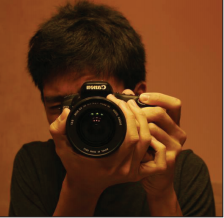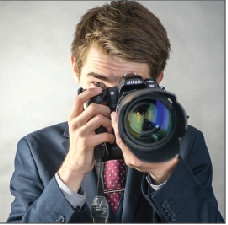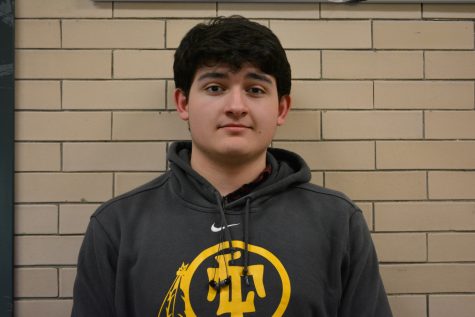What drove you towards photography? Why did you pick up a camera and how did you come to enjoy what you do?
Colin Boyle:
Honestly I’d like to say it’s my mom. She is a professional photographer, she takes pictures for Broadwin Chicago and other good gigs. I started in third grade when her business started. I got my own little camera and going into eighth grade I got my first, real digital camera.
Mark Capapas:
It started out as a sort of role in the family, you know being the “photographer with
a cheap camera,” so it spiked my creative mind a little. I started doing more in grade school, being the class photographer for my year. It took a turn around seventh grade when I asked for my first DSLR, and my professional photography can be traced back to that point. From there I started applying myself and learning more, but the person that drove me to be better was my friend Colin Boyle, who I deemed as one of the best photographers I’ve ever had the pleasure of meeting. Ever since then it started to become one of the most important aspects of my life.
Munim Shah:
Money! Well, in the beginning I was in an ASM program because I didn’t have anything to do over the summer other than football and I wanted to make some money, so I started doing that. It was nice to have a few hundred bucks but it grew so much from there. It grew into a passion.
I have seen many of your photos on Facebook; why do you post them on Facebook when other photographers would just post a link to their website to buy them?
Capapas:
It’s user friendly and appears to the demographic of the people whom I shoot mostly. Having a photo-hosting website is difficult to get out to this age group so it’s ideal for me to keep it where most teenagers dwell. Also, I don’t really sell my photos to my friends. I don’t believe that they should have to pay for things that I do voluntarily – but with some exceptions, of course. To put it simply, it’s easy to get my name and work out on a social media site like Facebook rather than any other third party site.
Boyle:
I do a little of both. I honestly post a picture of people I know or of friends from Lane Tech [because] I just want them to be happy with what I take photos of.
Shah:
My photos aren’t for sale- they are for public use. I can’t afford to have a website. I got into the game really late – I need as much exposure as possible. No one knows who I am. First I have to establish people knowing me as a photographer.
Do you see yourself continuing a photography business outside of high school? Or will photography just be a hobby?
Capapas:
Of course I see myself continuing photography past high school, but my dilemma is to what degree. I don’t know if I want it to become a business but I have to certainly consider it. It has become such a large factor in my life as it has opened up many doors of opportunity. I probably will do work for college and maybe join journalism in college as a photographer, but I have a long way to go so I’ll see how it plays out.
Boyle:
I sure do, I plan on continuing into college and hopefully get an internship with a big company, like National Geographic, would be a dream.
Shah:
I am going in majoring in photography but I don’t know if it will stay that way. It has grown to be so much of my life and it is something I know will stay a part of my life. I can’t imagine ever giving it up but I’m also going to explore other options because I need to be practical and smart about it. Photography is a huge part of my life and will continue to be, but I don’t think I will be able to support myself off of it.
What role do photos play in a newspaper?
Capapas:
Photos paint an image in the reader’s mind. It gives the words a living life in the body of a photo. It gives the audience a good representation of what happened in the said event. I’d say photos are just as important as the articles with some exceptions. They also attract people to your newspaper because it makes it more appealing and people love aesthetics just as much as they love content.
Boyle:
They help kind of describe what’s going on in the story, they portray the idea they want to get across for the story.
Shah:
I think it’s interesting – at first I thought stories really did not need words, but ever since I started Humans of Lane Tech, I learned that the words are more important than the photo itself.
(Left to Right: Mark Capapas, Colin Boyle, Munim Shah)






